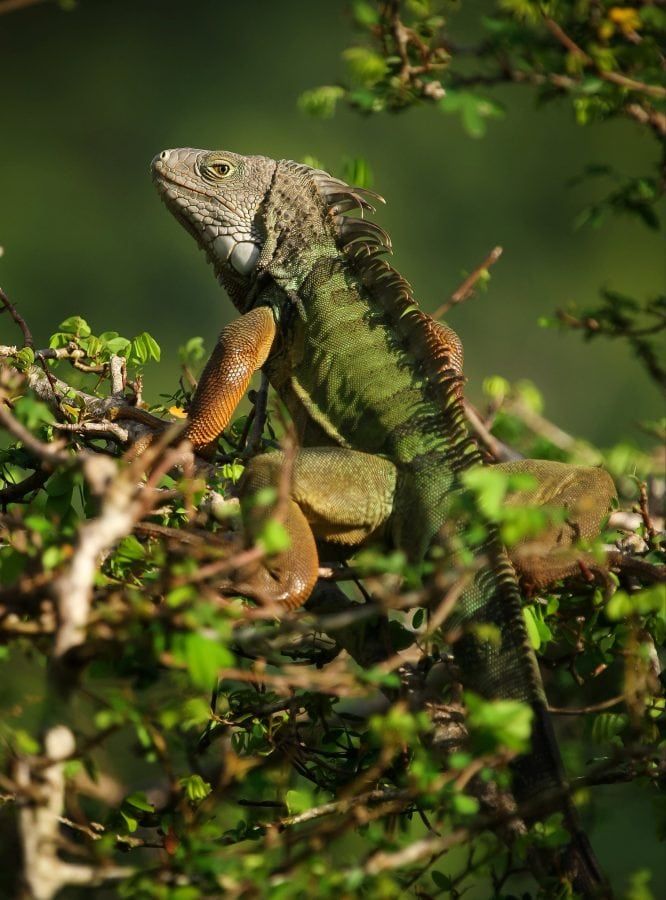Exotic pets such as snakes and lizards are most likely to be released into the wild -because they grow too big for owners to cope, according to a new study.
Snakes, lizards, frogs and tortoises are becoming increasingly popular in Britain and other western countries – posing a major threat to the indigenous wildlife, warn researchers.
The first study of its kind has found those that start out cheap, small and cute cause the biggest problem.
These biggest sellers have the potential to become invasive species – damaging ecosystems.
Ecologist Oliver Stringham, a doctoral student at Rutgers University-New Brunswick in the United States, said: “The owners may underestimate the space and costs needed to keep such animals as they grow into adults.
“Boa constrictors and reticulated pythons grow over 8 feet long. African clawed frogs and Russian tortoises live 30 years or more. Not wanting to euthanise, owners may resort to releasing them instead.”
Released exotic pets can harm native wildlife through predation, competition for food and disease transmission.
A prime example is the Burmese python – which grows up to 18 feet long and is wiping out mammals and birds in Florida’s.
The national park is known internationally for its alligators but now another reptile has become king.
Native to South and South East Asia, the snake was first sighted in the Everglades in the 1970s after irresponsible pet owners released them into the ecosystem.
The study, published in the Journal of Applied Ecology, sheds light on how the exotic pet trade has become the main route by which reptiles and amphibians arrive in non-native lands. This is the first step to becoming ecologically harmful invaders.

The researchers documented 1,722 reptile and amphibian species in the US exotic pet trade from 1999 to 2016.
They compared the list with previous research and data from a citizen science project that records sightings in the US of non-native species.
The most popular pets – those imported in high numbers and sold at low prices – are the most likely to be dumped into the wild later on.
Released exotic pets can harm native wildlife through predation, competition for food and disease transmission.
The study suggests providing potential owners with information about the future growth and lifespan of an exotic pet, the ecological damage that can result from releasing them and a list of safe places to surrender them.
These include shelters, rehoming initiatives and buy-back programs.
Srudy co-author Professor Julie Lockwood said: “While it might not be possible to fully prevent the release of exotic pets, reducing the number can be an effective way to prevent new species from becoming established and potentially invasive.”
Non-native species are increasingly recognised as a major threat to biodiversity, and the exotic pet trade is one of many ways these species can be introduced.
Exotic pets are popular in Britain, mirroring a growing trend in more prosperous countries.
Many of the species kept as pets are not equipped to survive in the British countryside.
Escapes seem to be more problematic from outdoor enclosures – the way that some exotic amphibians are kept in the UK.
Such escapes account for some populations of the marbled newt and alpine newt – both continental species now established in the wild in Britain.
In some cases, exotic pets are even deliberately released into the wild, even though this has long been illegal.
Parakeets have become a striking sight in London’s parks but native wildlife can lose out.
Case studies from the Netherlands and the USA illustrate how serious this can be. The Dutch fire salamander population is on the brink of extinction, due to a fungal disease introduced inadvertently via the trade in Asian newts.
Whilst some exotic species quickly perish after introduction to the wild, others may persist, spread and become invasive.
